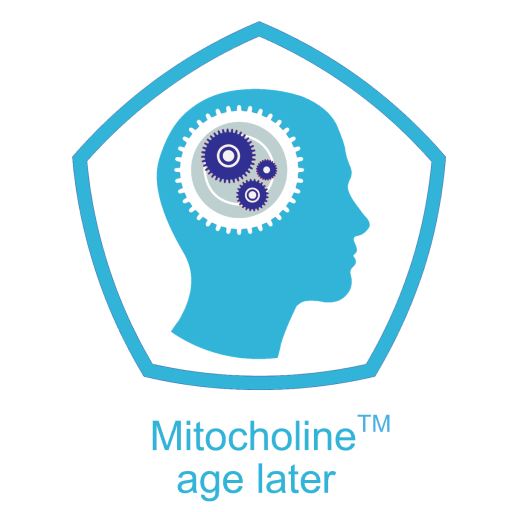Mitocholine History
Mitocholine is a choline salt of succinic acid (2:1), molecular weight 324:
Other names: Dicholine succinate, DISU.
1998-1999: It was found that metabolite succinate is a peripheral insulin sensitizer. Succinate administration may produce metabolic effects, such as lowering blood glucose and lipids.
2005-2015 The Mechanism of neuronal insulin receptor sensitization was clarified. Mitocholine supports the mitochondria generated signal implicated in the activation of brain insulin isoform A (IR-A) receptors. Mitocholine is the only small molecule affecting the activation of neuronal isoform IR-A of insulin receptor. In particular, it enhances the tyrosine phosphorylation (i.e. activation) of IR-A in neurons in response to sub-optimal insulin doses. Mitocholine is an insulin mimetic. It is characterized by a profile of activities in the brain similar to those mediated by activation of neuronal isoform IR-A, including effects on synaptic plasticity, adult neurogenesis in hippocampus, memory enhancement, antidepressive and anxiolytic activity.

2000-2004: As a result of the screening program, a specific choline succinate salt, hereafter called Mitocholine, was discovered as the most effective succinate for preventing disturbances of brain energy metabolism during cerebral ischemia. Mitocholine was first synthesized by Dr. Igor Pomytkin.
2015-present: Our experimental work has shown that mitochondrial signal for neuronal insulin receptor activation is influenced by the residual deuterium content in Mitocholine aqueous solution within its natural range of 89 to 155 ppm. Presumably, deuterium is reducing mitochondrial proton-coupled electron transfer, and thereby affecting mitochondrial signalling. The anti-amnestic effect of Mitocholine aqeous solutions was increased with certain decrease of deuterium content in the solution. Thus, the composition of Mitocholine with deuterium depleted water as the excipient, increases the rate of mitochondrial signal and provides products with superior insulin receptor sensitization characteristics.
